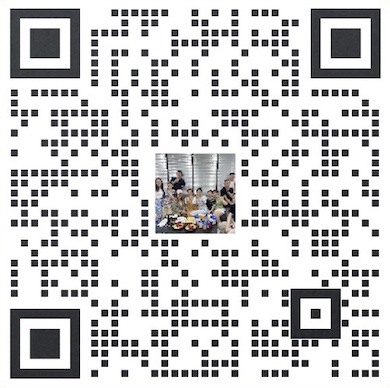
7x9小时
9:00am - 6:00pm
免费售前热线
13338363507
Security Protocols for Data Transfer: Safeguarding Information During Migration
2024-02-06
In today's digital age, data transfer is an essential aspect of business operations. Whether it's transferring sensitive customer information, financial data, or proprietary company information, safeguarding this data during migration is crucial to prevent unauthorized access, data breaches, and potential financial and reputational damage.
"Security Protocols for Data Transfer: Safeguarding Information During Migration" is a comprehensive guide that outlines the best practices and protocols for ensuring the security of data during transfer. This guide is essential for businesses and organizations that are looking to migrate their data to new systems, platforms, or cloud environments.
One of the key aspects of data transfer security is encryption. Encryption is the process of encoding data in such a way that only authorized parties can access it. This is achieved through the use of cryptographic algorithms that scramble the data, making it unreadable to anyone who does not have the decryption key. The guide emphasizes the importance of using strong encryption protocols, such as AES (Advanced Encryption Standard) or RSA (Rivest-Shamir-Adleman), to protect data during transfer.
Another important aspect of data transfer security is authentication. Authentication ensures that the parties involved in the data transfer are who they claim to be. This is typically achieved through the use of usernames, passwords, and multi-factor authentication methods. The guide emphasizes the need for strong authentication protocols to prevent unauthorized access to the data during transfer.
In addition to encryption and authentication, the guide also highlights the importance of data integrity during transfer. Data integrity ensures that the data remains unchanged and uncorrupted during the transfer process. This is achieved through the use of checksums, digital signatures, and other integrity verification methods. By ensuring data integrity, businesses can be confident that the data they are transferring has not been tampered with or altered in any way.
Furthermore, the guide emphasizes the need for secure communication protocols, such as SSL/TLS, to protect data during transfer. These protocols encrypt the communication channel between the sender and the receiver, ensuring that the data remains secure as it travels across networks and systems.
Overall, "Security Protocols for Data Transfer: Safeguarding Information During Migration" provides a comprehensive and detailed overview of the best practices and protocols for ensuring the security of data during transfer. By following the guidelines outlined in this guide, businesses and organizations can mitigate the risks associated with data transfer and ensure the confidentiality, integrity, and availability of their data. This is essential for maintaining the trust of customers, protecting sensitive information, and complying with data protection regulations.
↓Scan code to addqiqueadviser↓

↑Learn more digital scenes↑
Extended Reading:
Integration of External Data Sources: Streamlining Information Flow into CRM Data Mapping Strategies: Aligning CRM Systems with Existing Databases Data Cleansing Protocols: Preparing Information for Migration into CRM Crisis Management Strategies: Preparing for Unforeseen Challenges in Construction Training Programs for CRM Building: Building Proficiency in Team Members Change Management Protocols: Addressing Resistance and Fostering Adoption User Feedback Integration in CRM Development: Continuous Improvement Strategies Agile Methodology in CRM Building SOP: Iterative Approaches for Flexibility CRM Champion Identification: Appointing Advocates for Successful Implementation Collaboration Tools for CRM System Construction: Facilitating Teamwork more>>
Useful
Useless
Share on WeChat
Open within mini program
![]()
Open WeChat to "scan" and forward to friends
Open WeChat "Scan" and open it in the mini program
关闭预览


